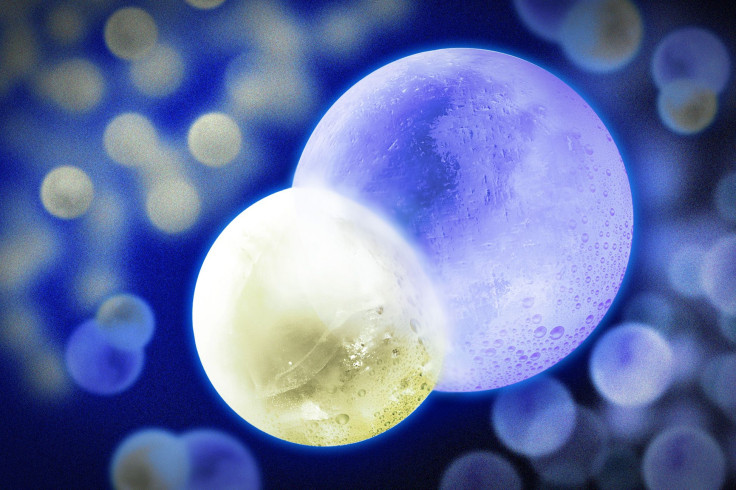MIT Scientists Create 'Ultracold' Molecules Just Above Absolute Zero

Scientists have created "ultracold" molecules that are a million times colder than deep space and just above absolute zero. Although absolute zero is physically impossible to achieve, as it would require the extraction of an infinite amount of heat, but scientists are capable of lowering the temperature of matter to near absolute zero, which the researchers hypothesized would cause molecules to start exhibiting strange, exotic properties.
Experimental physicists at the Massachusetts Institute of Technology (MIT) successfully cooled sodium potassium gas molecules to a temperature of 500 nanokelvins (-459.7 degrees Fahrenheit), the university reported on Wednesday. The molecules were found to be surprisingly stable and long-lived.
At such low temperatures, the molecules -- which are normally vibrating and rotating quickly due to being full of energy -- slowed down to average speeds measured in centimeters per second. A typical oxygen molecule moves at about 1,118 mph.
“We are very close to the temperature at which quantum mechanics plays a big role in the motion of molecules,” MIT physics professor and principal investigator at MIT’s Research Laboratory of Electronics, Martin Zwierlein, said in the release. “So these molecules would no longer run around like billiard balls, but move as quantum mechanical matter waves. And with ultracold molecules, you can get a huge variety of different states of matter, like superfluid crystals, which are crystalline, yet feel no friction, which is totally bizarre. This has not been observed so far, but predicted. We might not be far from seeing these effects, so we’re all excited.”
The matter wave is a central part of quantum mechanical theory, which posits that the distinction between particles and waves is false, and all matter actually exhibits wave-like behavior. The idea was first proposed by French physicist Louis de Broglie in 1923.
However, molecules vibrate and rotate so rapidly that cooling them is difficult, so the MIT team cooled a cloud of unbonded sodium and potassium ions to near absolute zero and then used magnetic fields to create the bonds. The sodium potassium molecule is composed of one atom of each element, held together with an electromagnetic bond.
"It's like tuning your radio to be in resonance with some station," Zwierlein said. "These atoms start to vibrate happily together, and form a bound molecule."
Earlier experiments with ultracold potassium rubidium molecules were hampered because the molecules were chemically reactive, causing the bonds to come apart when they collided with each other. Zwierlein’s team used ultracold sodium potassium because the molecule is relatively stable and unreactive.
However, Zwierlein said that exploring the exotic properties and states of matter of ultracold matter would require them to cool the molecules still further. “Now we’re at 500 nanokelvins, which is already fantastic, we love it. A factor of 10 colder or so, and the music starts playing,” he said.
The first cloud of ultracold molecules was created in 2008 by a team of researchers at the University of Colorado at Boulder. The quantum properties exhibited by ultracold molecules have potential uses in quantum computing, precision sensors and advanced simulation.
© Copyright IBTimes 2024. All rights reserved.





















